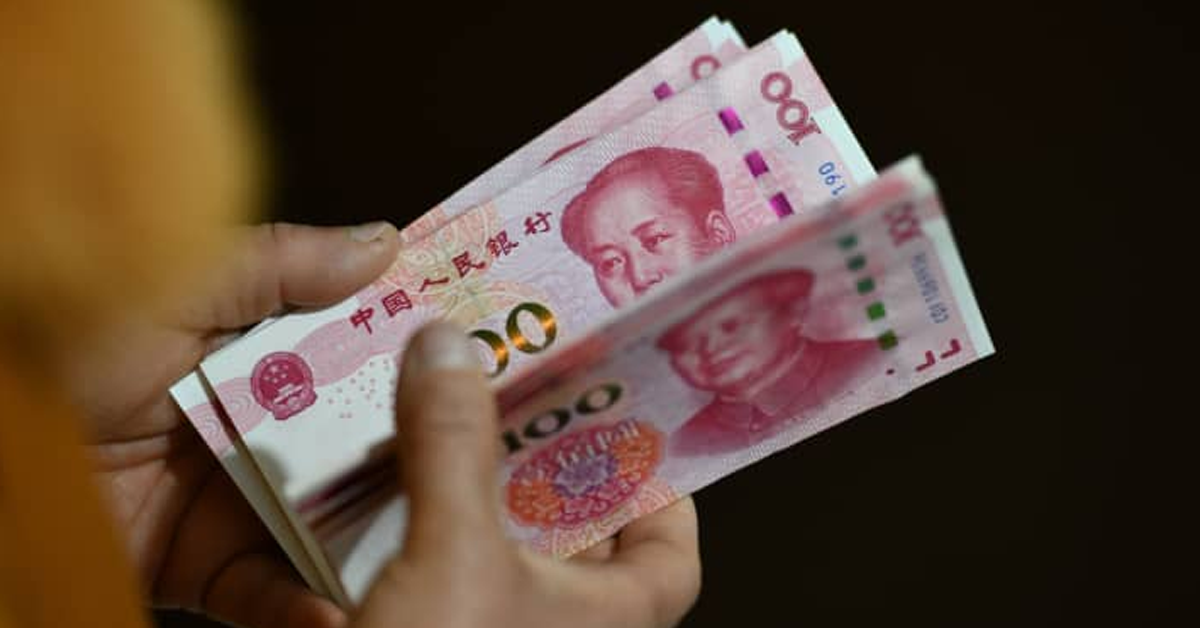Japanese Yen Falls Amid Rising Trade Deficit, Stable US Dollar
The Japanese Yen (JPY) experienced a notable decline after Japan’s latest Merchandise Trade Balance data revealed a significant increase in the trade deficit for April. Released on Wednesday, the report indicated that the deficit had escalated to JPY 462.5 billion, a sharp reversal from the prior month’s surplus of JPY 387.0 billion. This figure notably surpassed market predictions, which had anticipated a deficit of around JPY 339.5 billion. As the Yen weakened, the cost of imports surged, overshadowing the benefits of increased exports.
In terms of trade specifics, Japan’s exports year-on-year (YoY) rose by 8.3%, reaching JPY 8,980.75 billion. This growth marked the fifth consecutive month of increases in exports, although the figures fell short of the expected 11.1% rise. Conversely, imports also saw a robust growth of 8.3%, the strongest in 14 months, climbing to JPY 9,443.26 billion—a level not seen in four months. This increase in imports effectively countered the previous month’s revised 5.1% decline.
The dynamics between exports and imports underscore the challenges facing Japan’s economy, particularly in managing its trade balance amid fluctuating currency values and global economic pressures. The weaker Yen has made imports more expensive, which in turn impacts the overall trade balance.
Simultaneously, the U.S. Dollar (USD) showed strength ahead of a significant disclosure from the Federal Reserve. Financial markets were eagerly anticipating the release of the Minutes from the Federal Open Market Committee (FOMC) meeting that took place on May 1, expected later on Wednesday. This anticipation, coupled with an uptick in U.S. Treasury yields, lent additional support to the Greenback. The interplay of these factors contributes to the broader narrative of global currency fluctuations, where central bank policies and economic reports play critical roles in influencing exchange rates and economic stability. As such, the FOMC minutes were closely watched for clues about future U.S. monetary policy moves, which could further impact the USD/JPY exchange rate and broader financial markets.











